There is a book called "X-RAY Architecture" (2018, Lars Müller Publishers) written by architectural historian Beatriz Colomina which describes in detail how the ideas of health and hygiene that had been escalated by X-ray technology had a significant impact on the ideas and works of the 20th century architects including Le Corbusier and Alvar Aalto. The Spanish Flu pandemic broke out between 1918 and 1920, and if one looks at it in conjunction with trends in architecture at that time, we can see that this period after the Spanish Flu pandemic was the time when white and transparent modernist architecture had permeated the society, as exemplified by the opening of Bauhaus in 1919, and the opening of Le Corbusier's office in 1922.
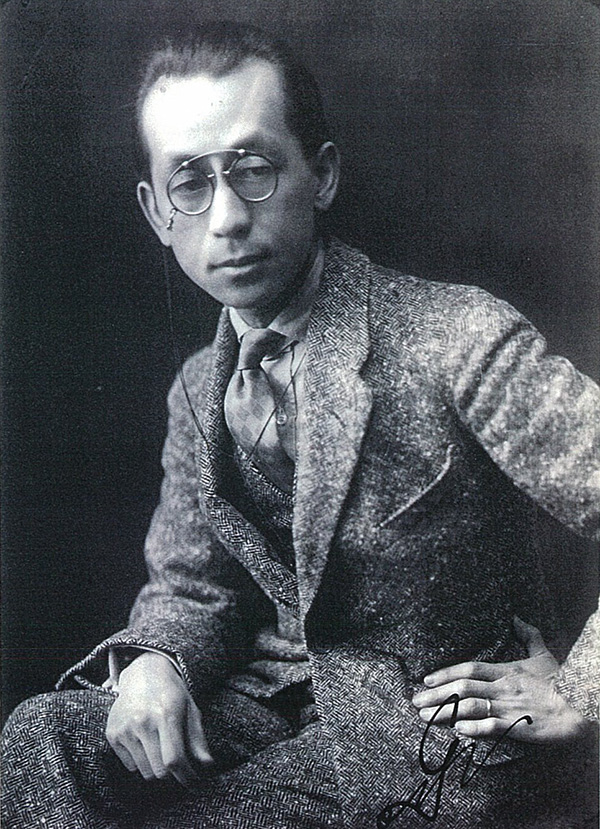
Gonkuro Kume
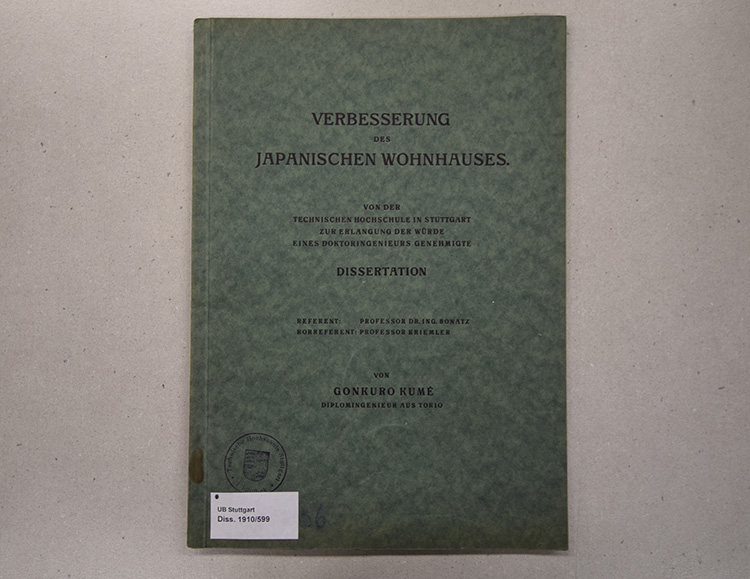
Cover of Gonkuro Kume's doctoral dissertation.
It was around the same time that Kume Sekkei's Founder Gonkuro Kume studied in Germany. Thinking that Gonkuro might have been influenced by the health-conscious trend of the time, I took a retrospective look at his achievements. In his doctoral dissertation entitled "Improving Housing in Japan" at the University of Stuttgart in 1928, Gonkuro mentioned health before safety in the last section entitled "Characteristics of New Housing" in which he discussed the ideal form of housing. This doctoral dissertation was intended to solve the structural weakness of conventional wood construction in Japan that was made apparent in the Great Kanto Earthquake, including in the proposal for the ”Kume method of earthquake-resistant wooden construction." Gonkuro lost his elder brother Tamijiro Kume, a Western-style painter, to the earthquake. Because of this, the dissertation is mostly devoted to the analysis of buildings that collapsed in the earthquake. I was a little puzzled when I first read it, because it listed health as the first characteristics, but it makes sense when the context of the times is taken into consideration.
Gonkuro opened his office in 1932, and built many buildings using the Kume method of earthquake-resistant wood construction. Some of the buildings used products that he developed in collaboration with manufacturers. One of the examples is Platon, a wood wool cement board used as a substrate for exterior walls. The product was primarily designed to shorten the construction period, but I believe it also aimed to improve the thermal insulation performance. Another example is the Wind and Light Window. It was developed with the aim of providing openings as large as those in conventional wooden structures. In this way, Gonkuro materialized the idea of "health-oriented housing" that he proposed in his doctoral dissertation in his architectural practice. These works may be considered as solutions that he proposed to tackle new challenges that architecture and cities had to face after the Spanish Flu pandemic.
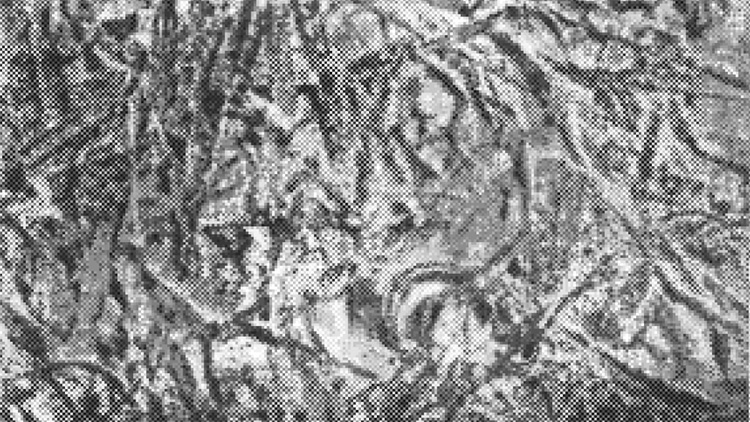
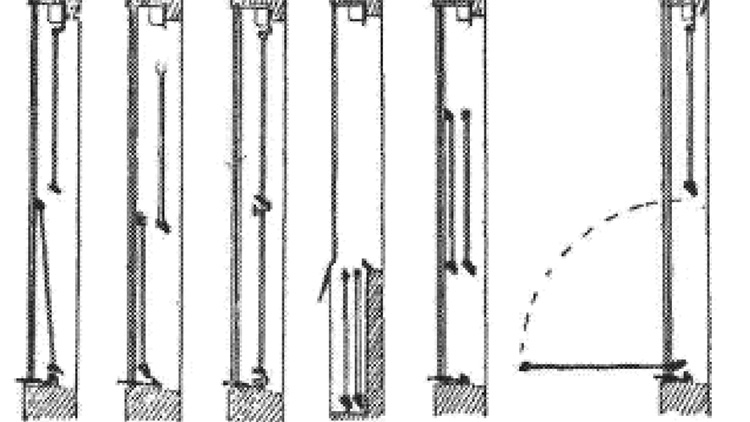
Diagram of Platon and the Wind and Light Window
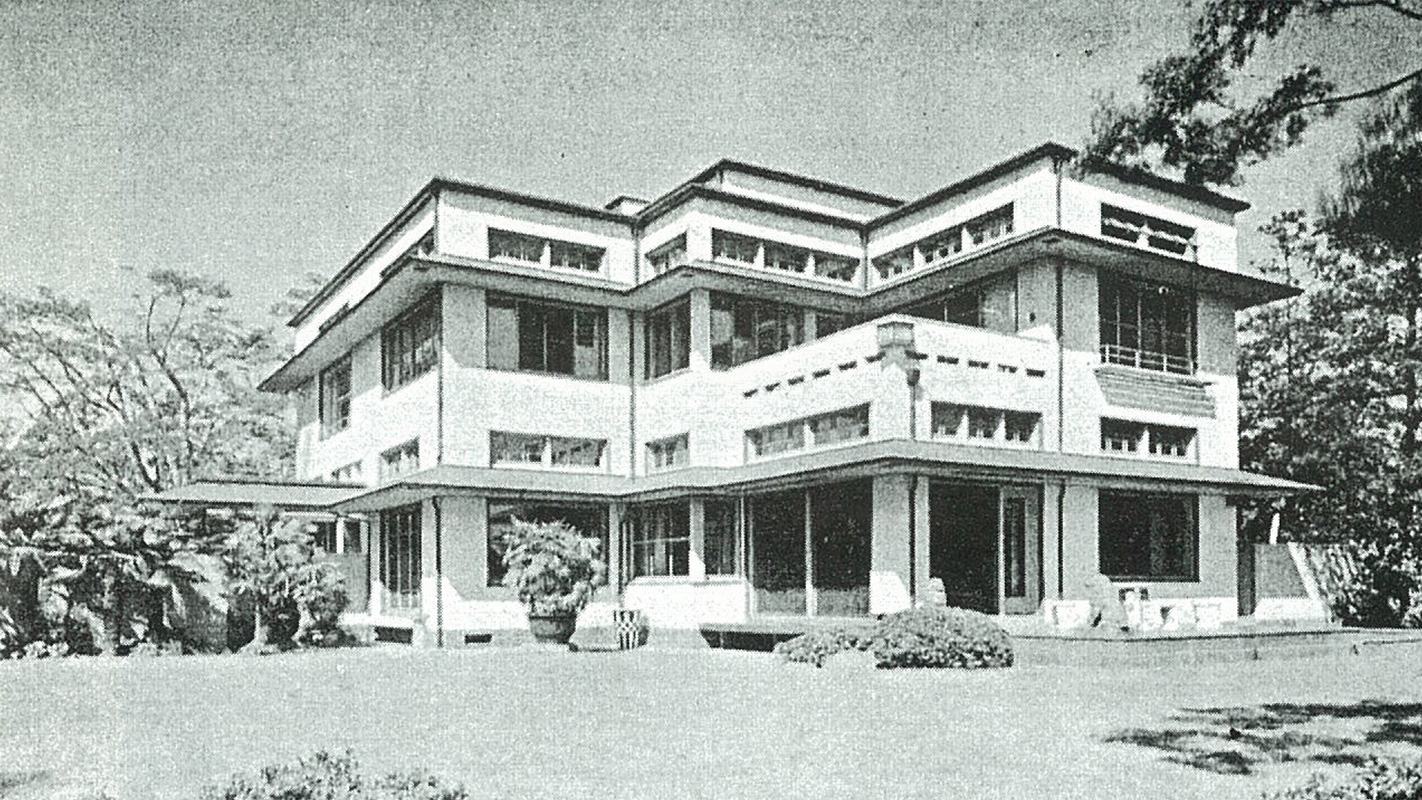
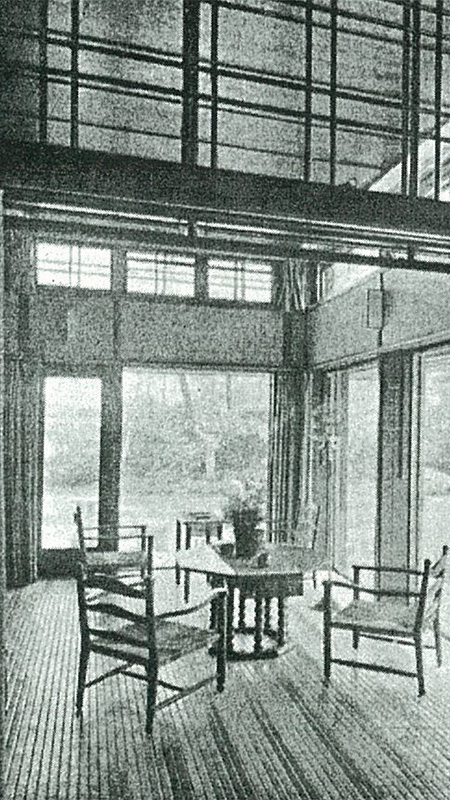
One of Gonkuro Kume's works in which Platon and the Wind and Light Windows were used.

Wolfgang Voigt and Susumu Fujisawa
Upon assuming the position of President of Kume Sekkei, I organized a project team to research and organize Gonkuro's achievements for the main purpose of clarifying Kume Sekkei's identity. According to Dr. Wolfgang Voigt, a German architectural historian whom I met in the course of our research, Gonkuro's practical viewpoints focusing on things like the improvement of earthquake resistance and health-consciousness was influenced by the pragmatic approach of Professor Paul Schmitthenner of the University of Stuttgart. A pragmatic approach focuses on solving the needs and challenges of society and the times. It is a value deeply rooted in the history of Kume Sekkei, which has helped us develop into an architectural design firm which we proudly call the " Total Design Solution Firm."
Today, we are proposing a "Life Continuity Building" (LCB) that is resilient to disasters, and we believe that our mission inherited from our founder is to further strengthen our efforts toward a carbon-free society.
Born in Tokyo in 1895. Moved to Europe in 1923. Graduated from the Department of Architecture at the University of Stuttgart in 1928. Received his doctorate in engineering from the University of Stuttgart in 1929. Established Kume Architectural Office in 1932. Designed many houses and hotels including the Nikko Kanaya Hotel before the World War II. He applied technologies that he developed on his own, including the Kume method of earthquake-resistant wood construction, and products including Platon and the Wind and Light Windows, to actual construction. He passed away in 1965.